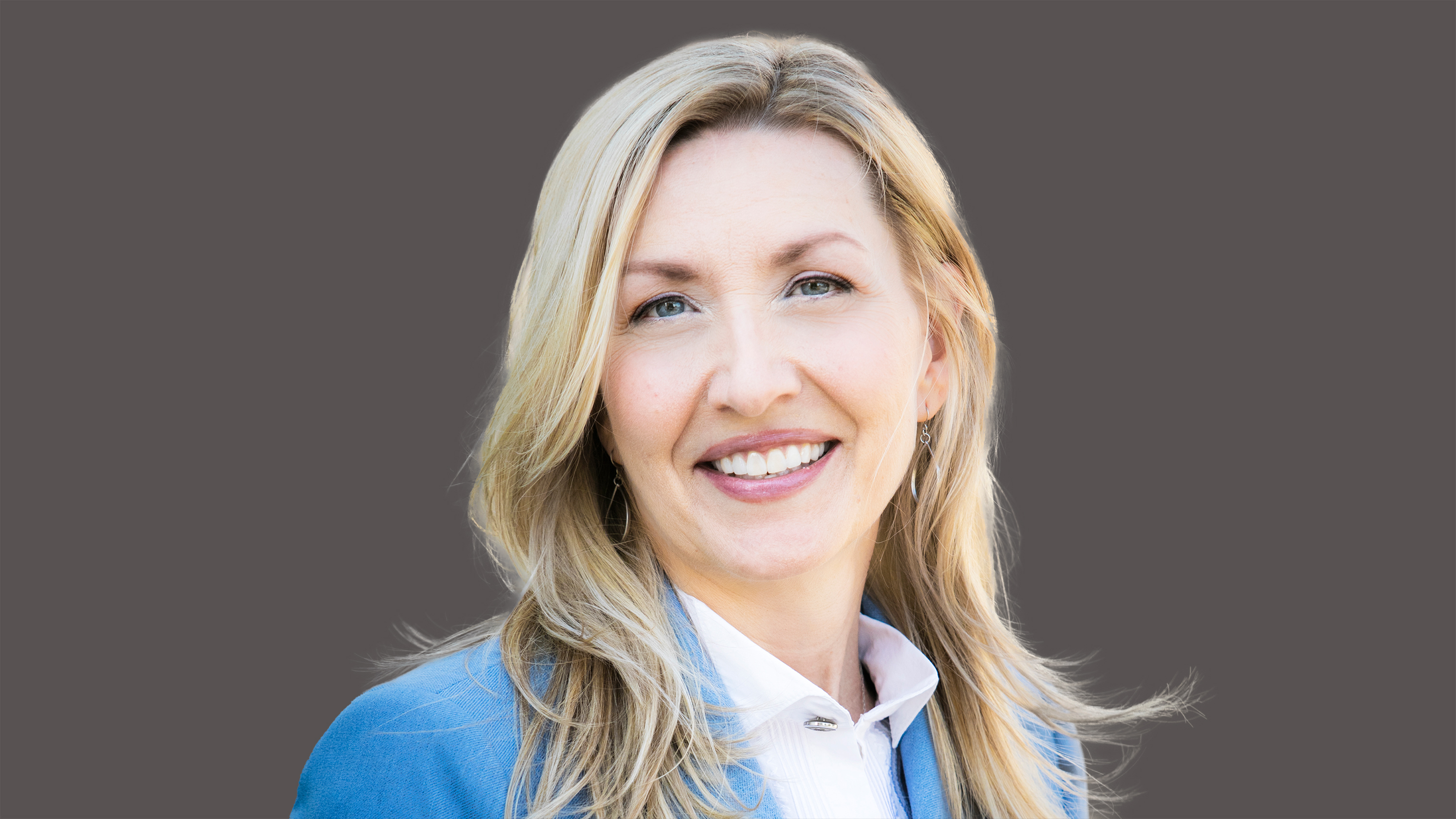Jana Rieger
Real-world evidence a compelling reason for dysphagia researcher to use mobile health and digital technology
Jana Rieger was inspired to pursue a new research direction after time spent working with patients experiencing head and neck defects and witnessing their challenges with swallowing.

Jana Rieger’s first job post-PhD was at the Institute for Reconstructive Sciences in Medicine (iRSM) in Edmonton that treated patients with defects of the head or neck, primarily due to cancer. Even after treatment, many had been left with difficulties swallowing (dysphagia). Although her studies had previously involved understanding vocal stress for people with high-level spinal cord injuries who were using automatic speech-recognition systems, she had a feeling she could use that research to propel her in this new direction.
These days, Rieger — a professor in the Department of Communication Sciences and Disorders — is taking her research out of the lab and into the real world, examining how mobile health technologies and digital technologies might be used in a rehabilitative way to treat those struggling with dysphagia.
- How did you end up working in dysphagia research?
- When I was finishing my PhD, I was offered a position at iRSM in Edmonton that was treating patients who had defects of the head and neck. Most of them had head and neck cancer, and I found that once they had gone through the treatments for cancer, they were still left with dysphagia. This affected so many parts of their lives, in addition to nutrition. When you can’t eat normally, you tend to stop going out to meet friends around food, and meeting family for those big events like Christmas and Thanksgiving.
- Over the years, we were trying to understand how to prevent dysphagia. And we found that, no matter what we looked at with surgeries, prosthetics or pharmaceuticals — and we studied all of them — the one thing that remained was that many patients needed a behavioural intervention; an exercise rehabilitation program.
- When you were choosing what to study for your PhD, was the clinical side of it part of your decision?
- My PhD didn’t actually have much to do with what I’m doing right now. I studied automatic speech-recognition systems in people who had high-level spinal cord injuries and, at the time, their voice was the only way that they could interact with a computer. And speech recognition was so new, the programs weren’t great. You had to speak every word separately, and there was a lot of stress put on their voice, so I was understanding the stress-related components of speaking using these systems.
- I was very confident with, and loved working with, technology, and that has rolled over into where I am currently in my research program. I’m looking at mobile health technologies and digital technologies for treating this problem of dysphagia.
- Going forward, do you think you’ll continue working heavily with technology?
- I think in the research realm, one of the most exciting things now is how technology opens the door to real-world evidence. It shakes it up a bit from the traditional “I have so many people in one group, and they’re going to get this, and we’re going to test this,” to having people use these systems in real life, every day. The data being collected in the background can tell us how they are really using this technology when we don’t have them in a research study telling them “you must” and “you should.”
- What differences do you notice when people use this technology in the real world, versus in the lab?
- When we did our feasibility study with the technology, patients were on a very guided program, and we checked in with them every week. They knew this device could tell us how much they were using it, so the question becomes, did they behave a certain way just to please the researcher?
- Real-world situations do tend to make data messier, but on the other hand, we’re getting a lot more of it to understand patterns. Hopefully in the future, with machine learning, we can look at those patterns and try to understand what factors lead patients to have more success with these digital technologies.
- What’s the biggest challenge in balancing lab-based and real-world research?
- I think that’s figuring out which questions are better answered in the lab and which are potentially better answered with real-world evidence. There are probably folks who are picking one or the other of those extremes, and I don’t think that you can. There’s a place for so-called research in a vacuum, but I think on the other side there’s lots we can learn from what happens in the real world.
- What’s the most rewarding thing about what you do?
- By far, it’s when we hear from either patients or clinicians about their successes. We hear about a patient who has gone through many weeks of this intensive therapy, and now they can function more comfortably at family dinners.
- When we hear from clinicians — that this is the first time they’ve had a technology that actually helps patients understand what they’re supposed to be doing — those stories also keep you going for a long time.
- If you had chosen a different career path, what might it be?
- I might be a private detective. I think I satisfied that in my life by becoming a researcher, but also one of the passions in my life has been writing, and writing fiction. Being in that whole creative world, creating stories and characters, is definitely a big passion of mine. I published a mystery novel back in 2017, called “ A Course in Deception .”